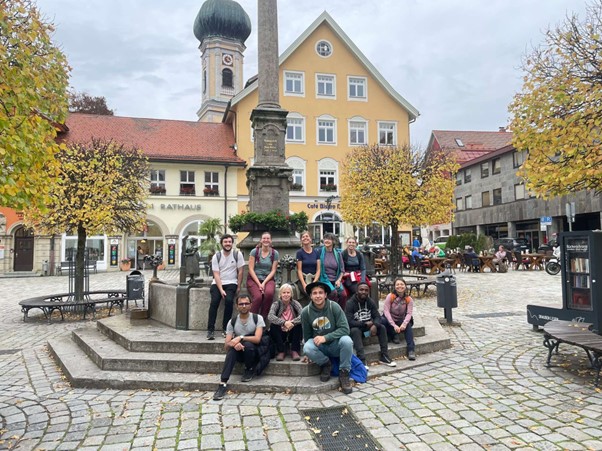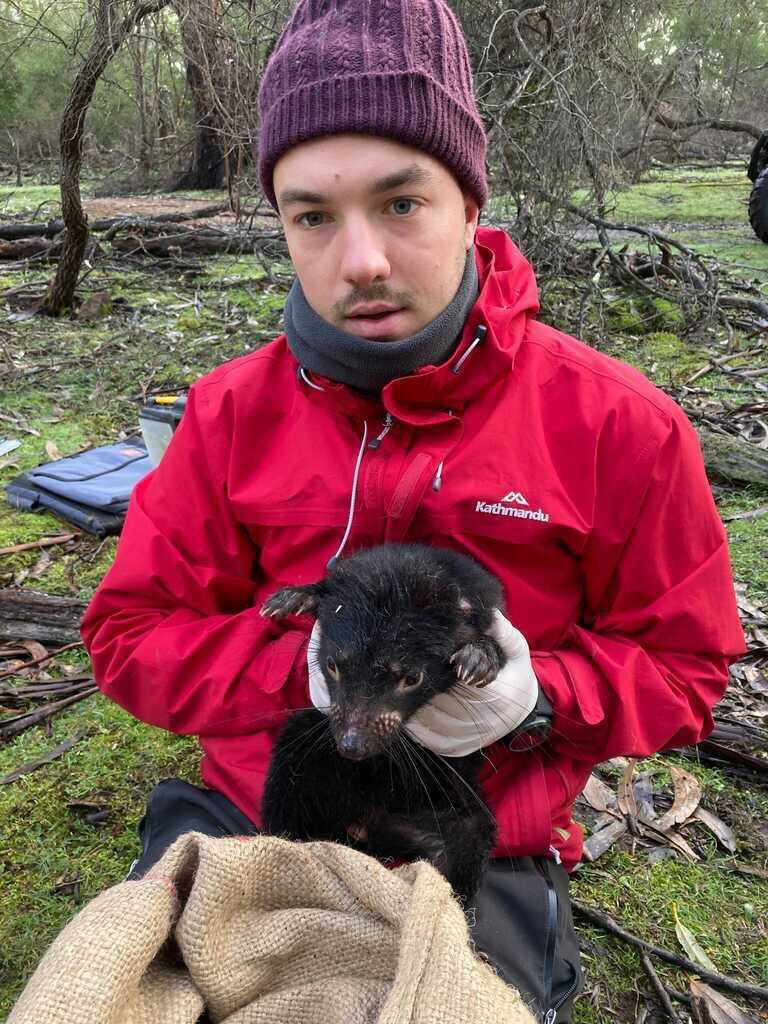Type: Journal Article
Reference: Nelson, H.V., Silver, L., Kovacs, T.G.L. et al. Genome-wide diversity and MHC characterisation in a critically endangered freshwater turtle susceptible to disease. Immunogenetics 77, 21 (2025). https://doi.org/10.1007/s00251-025-01378-8
Abstract
Small, isolated populations are often vulnerable to increased inbreeding and genetic drift, both of which elevate the risk of extinction. The Bellinger River turtle (Myuchelys georgesi) is a critically endangered species endemic to a single river catchment in New South Wales, Australia. The only extant wild population, along with the breeding program, face significant threats from viral outbreaks, most notably a nidovirus outbreak in 2015 that led to a 90% population decline. To enhance our understanding of genomic characteristics in the species, including genome-wide and functional gene diversity, we re-sequenced, assembled, and analysed 31 re-sequenced genomes for pure M. georgesi (N = 31). We manually annotated the major histocompatibility complex (MHC), identifying five MHC class I and ten MHC class II genes and investigated genetic diversity across both classes in M. georgesi. Our results showed that genome-wide diversity is critically low in pure M. georgesi, contexualised through comparison with opportunistically sampled backcross animals—offspring of F1 hybrids (M. georgesi × Emydura macquarii) backcrossed to pure M. georgesi (N = 4). However, the variation observed within the core MHC region of pure M. georgesi, extending across scaffold 10, exceeded that of all other macrochromosomes. Additionally, no significant short-term changes in either genome-wide or immunogenetic diversity were detected following the 2015 nidovirus outbreak (before; N = 19, after; N = 12). Demographic history reconstructions indicated a sustained, long-term decline in effective population size since the last interglacial period, accompanied by more recent steep declines. These patterns suggested that prolonged isolation and reduced population size have significantly influenced the dynamics of genome-wide diversity. It is likely that contemporary stressors, including the recent nidovirus outbreak, are acting on an already genetically depleted population. This study offers new insights into genome-wide and immune gene diversity, including immune gene annotation data with broader implications for testudines. These findings provide crucial information to support future management strategies for the species.





